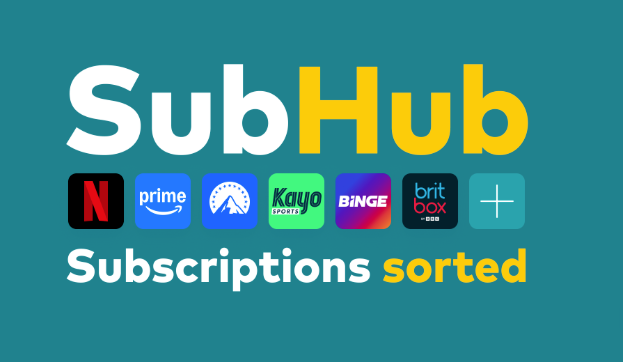
Everything you need to know about Optus SubHub
If you're like most Aussies, you’ve probably got more app and streaming subscriptions than you can count on one hand. But managing multiple subs can feel like a full-time job - and can cost a tonne.

If you're like most Aussies, you’ve probably got more app and streaming subscriptions than you can count on one hand. But managing multiple subs can feel like a full-time job - and can cost a tonne.

If you’re searching for an internet plan, you might have noticed that two of the major options available to you are NBN and 5G home internet. But which exactly is the better choice?

NBN Co operates Australia’s national broadband network as a publicly owned government entity, selling its services to telecommunications providers around the country. These providers pay two key fees (among others) to NBN Co in order to access the network: an AVC charge and a CVC charge.

Searching for a new home broadband plan can be difficult if you aren’t sure what services your home is eligible for. With the NBN rollout completed across Australia, most homes are now eligible for plans on the network, but here’s how to find out for sure.

For Aussies living in a granny flat or outbuilding, a broadband connection can be slightly more complicated to organise. If sharing the internet connection of the primary residence isn’t an option, there are still a number of ways you can get connected to the NBN network.

The NBN has just been overhauled and significant speed upgrades are now available from internet providers. What’s more, the new high speed plans are being offered at about the same cost as lower speed plans, providing a good opportunity to switch.

The NBN is getting a huge speed boost next month, and new plans will soon be rolling out with insanely fast speeds of up 2,000Mbps – that’s double the speed of anything that is currently available.

Whether you’re looking to switch from your current NBN provider or are moving house and need a new broadband connection, there are tonnes of NBN deals up for grabs.

Are you a serial downloader? Do you often stream videos in HD? Or are you just tired of your internet lagging in the evenings?